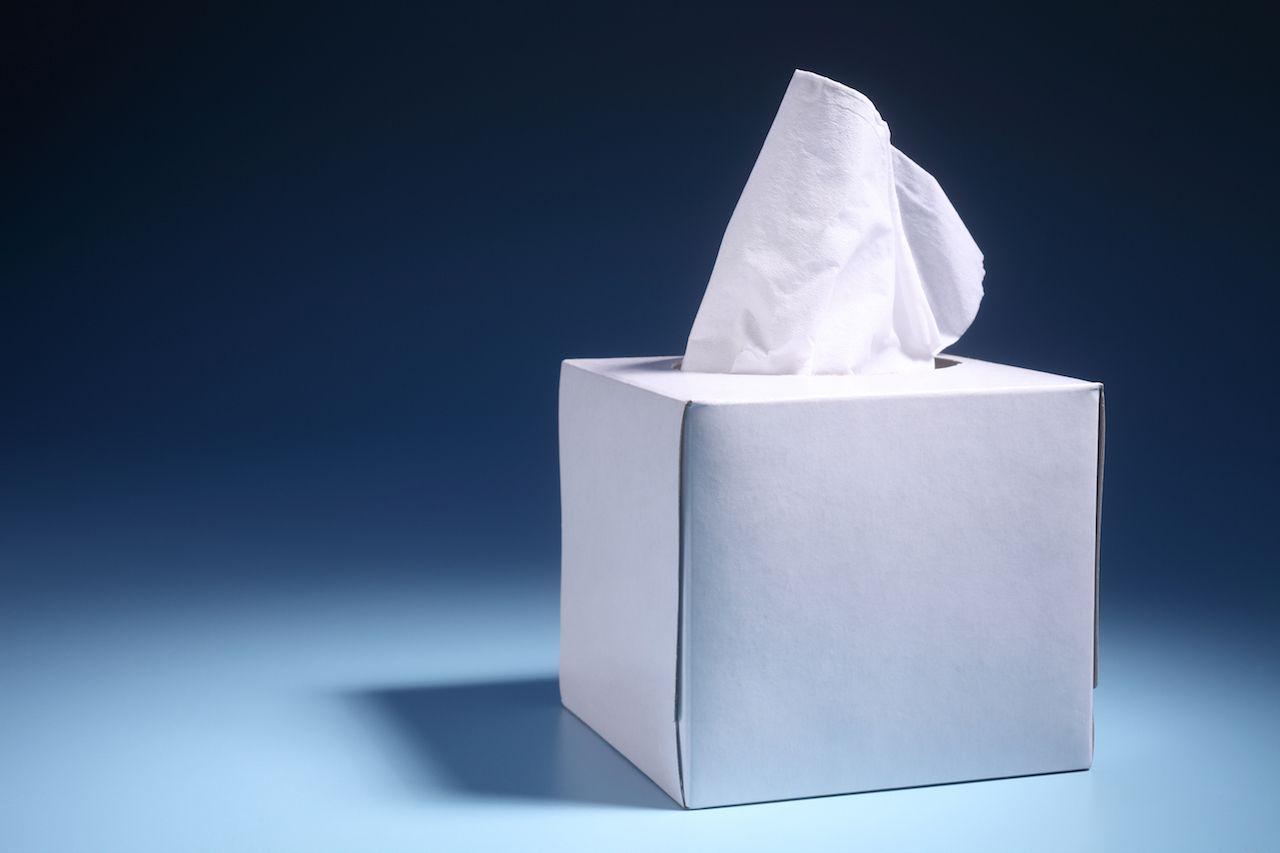Introduction to Facial Tissues
Facial tissues, also called Kleenex or paper handkerchiefs, are soft, absorbent, disposable papers that are commonly used to wipe or blow one's nose, wipe away tears, dust or cover coughs. Made from virgin wood pulp or recycled paper, facial tissues are manufactured in various sheet sizes and come in re-sealable boxes for portability and hygiene.
Classification of Facial Tissues
Facial Tissues can be broadly classified based on sheet size, thickness, absorbency and additives.
Sheet size: Tissues are available in various standard sheet sizes ranging from 5x5 inches for pocket packs to 12x12 inches for box tissues. Larger sheet tissues are suitable for heavy flow applications while compact sizes work well for on-the-go use.
Thickness: Tissue thickness is usually measured in grams per square meter (GSM) and can range from 12-25 GSM. Heavier tissues with higher GSM are more durable and absorbent.
Absorbency: Tissues are labeled based on their absorbency levels as regular, extra absorbent or ultra absorbent. Extra absorbent tissues contain wet-strength additives for higher liquid holding capacity.
Additives: Some tissues contain fragrance, emollients or antibacterial ingredients for added softness, moisturization or hygienic benefits.
Manufacturing Process of Facial Tissues
The main steps involved in the wet laid process of manufacturing facial tissues are:
- Pulping: Wood fibers from trees are broken down into pulp through mechanical or chemical pulping. Bleached and refined wood pulp is used for facial tissues.
- stock preparation: Pulp slurry is diluted with water to achieve the desired consistency for web formation on the paper machine.
- Web formation: The pulp slurry is deposited onto a traveling mesh fabric belt or paper machine wire through the headbox. Water drains out while fibers remain on the wire as a wet web.
- Pressing: The wet web passes between rolls to remove more water by pressing.
- Drying: Heated cylinder dryers or steam dryers are used to remove remaining water from the web converted into a paper tissue sheet.
- Calendering: Stack of tissue sheets passes between heated steel rolls for smoothing, sheen improvement and embossing patterns.
- Conversion & packaging: Tissue sheets are converted into folded or unfolded products, scented or printed as needed. Automatic packaging lines box tissues for distribution.
Usage Areas & Consumer Preference
Facial tissues find common usage in the following areas:
- Blowing or wiping nose: Regular tissues are typically used to blow or wipe the nose for hygienic disposal of nasal discharges.
- Absorbing tears: During crying or eye irritation, tissues gently absorb tears without scratchiness.
- Covering coughs & sneezes: Coughing or sneezing into tissues helps contain the spread of airborne virus or bacteria from the user.
- Removing makeup: Cosmetic tissues with mild cleansers safely remove traces of eye makeup or excess facial creams.
- Dusting furniture: Lint-free tissues convenient for gentle dusting of delicate surfaces, electronics or narrow areas.
Consumer preference for tissue brands, features, scent and packaging depends on the tissue's intended usage, available budget and individual comfort needs.Softness, bulk, strength, absorbency and environmental friendliness influence tissue selection the most.
Emerging Trends
Some emerging trends in the facial tissues industry include:
- Natural and recycled paper tissues: To meet sustainable goals, companies produce tissues containing increasing levels of post-consumer waste fibers or plant-based fibers.
- Value-added formats: Compact pocket packs, spiral rolls, travel tissues cater to space-strapped urban consumers.
- Functional ingredients: Tissues enhanced with vitamins, electrolytes, herbal extracts to benefit skin or immunity are gaining demand.
- Customized scents: Unique fragrance blends allow users to indulge their senses beyond routine tissue use.
- Online sales: E-commerce platforms complement brick-and-mortar sales by providing convenience of bulk tissue delivery at consumers' doorsteps.
Facial tissues have become an integral part of global hygiene and healthcare supplies. Manufacturers continue innovating tissue types, formats, and additives to serve diverse consumer applications and aspirations. The tissue industry will further evolve by addressing sustainability goals and incorporating safe, natural components for multifunctional benefits.
Get more insights on this topic: Facial Tissue
